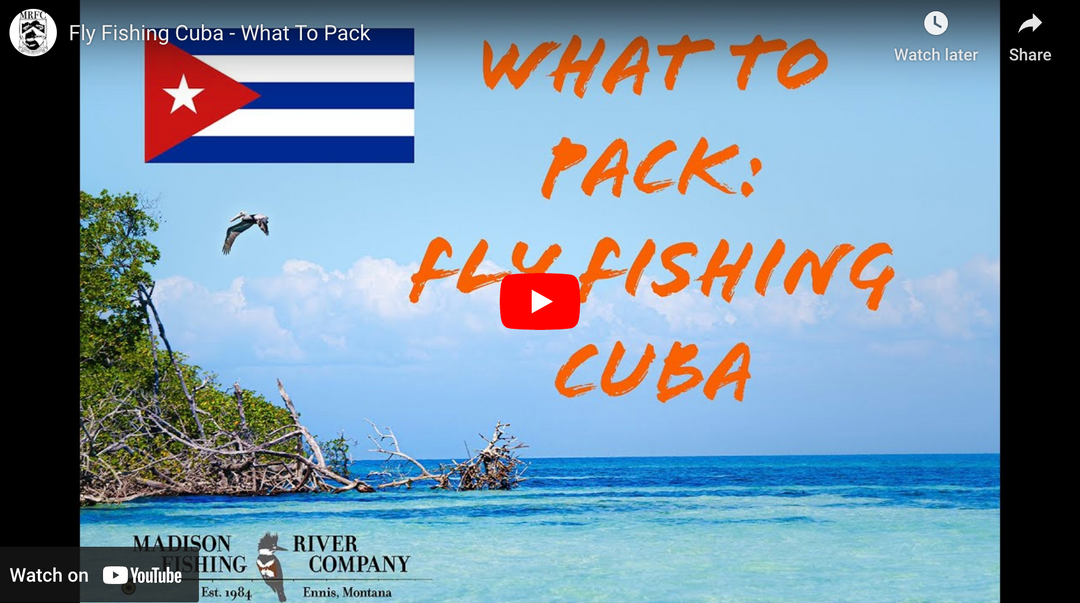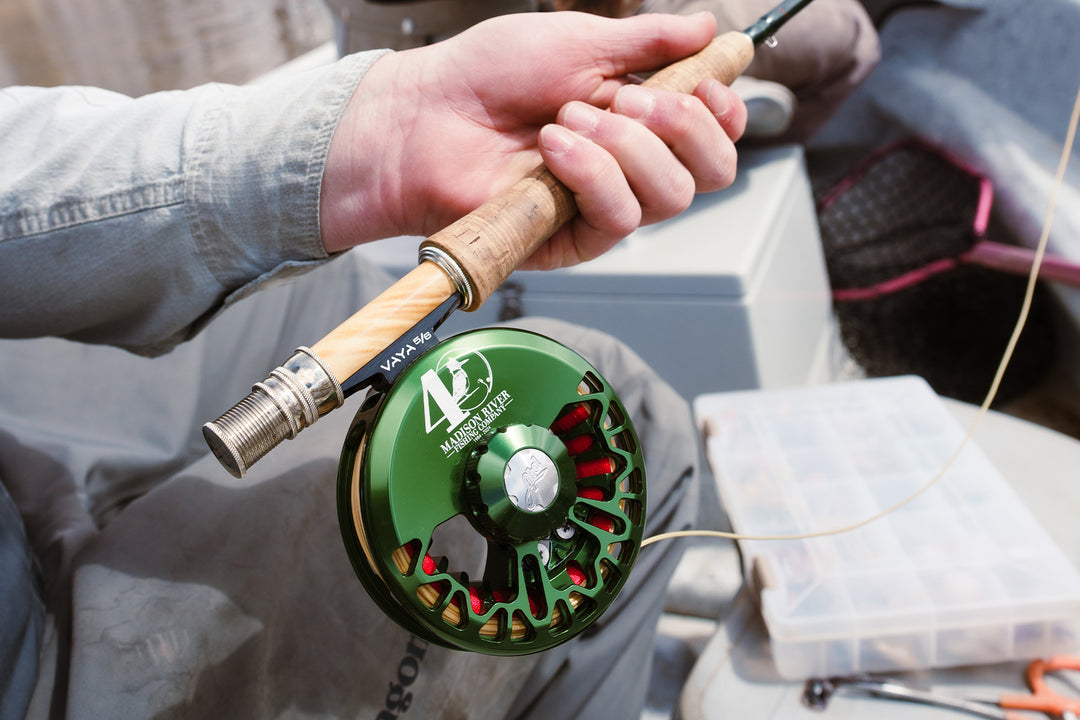I have fond memories of a fall day spent on Slough Creek in Yellowstone National Park. I got there fairly early, but still had to hike to the bottom of the lower meadows to get some water to myself. There I enjoyed a classic morning with fish tipping up for tiny mayflies. The bugs were plentiful and small, and the fish wouldn’t move more than three inches either way to take one. It was en exercise in casting if there ever was one. Delicately lay the fly six inches ahead and directly in front of their nose, and you got a take. Anything less was ignored. The morning was calm, and I happily landed a decent number of fish. By late morning a breeze had come up and the hatch had ended, and by the time I had eaten lunch, the wind was downright howling. I had worked my way some distance up into the meadows, and figured I would run into other anglers, but as the wind came up, they all started to leave.

I considered leaving too, since the time for delicate and accurate presentations was clearly over, but just for grins I decided to tie on a hopper. I had seen some during my hike, and with the higher wind, maybe the fish would be interested. Using a double haul to get a tight, fast loop, I sent the hopper to the other bank where it landed with a splash. Nothing delicate here at all, and neither was the take, which came almost immediately. Hmmm. Maybe I would stay for a little longer I thought. The short story is that I spent the rest of the afternoon slamming a hopper into the wind, and had fish coming from as far as ten feet away to grab it! These were the same fish that this morning wouldn’t move six inches to take a perfect imitation, and now they suddenly were stupid hungry for hoppers. Needless to say it was a great day.

I think back on that day periodically, as it was such a great example of how drastically fish behavior can change as conditions change. A fish can feed efficiently on tiny bugs only if it doesn’t exert much energy, and just tips up for the bugs that come directly to it. Somehow they also seem to know that high winds blow larger bugs in, and that the energy packaged in a grasshopper is worth moving across the stream to grab. There was another interesting thing that I saw that day. A fairly famous stretch of water that had a decent gathering of anglers was all but abandoned when the wind came up. And the crazy part was that the fishing was even better after it got windy! The only conclusion I have is that those other fishermen just didn’t want to, or quite possibly couldn’t cast into the wind.

Now I was kind of lucky in that my first job out of college had me working with the likes of Dave Whitlock, Macauley Lord, and several other seriously good fly casters. Through direct instruction, mentoring, and plain osmosis, I was able to develop some pretty good casting fundamentals. Fishing on bonefish flats got me used to the concept of wind as a constant. If you wanted to catch fish out there, you learned to cope. All of that experience came together on that day on Slough Creek. The time for delicate presentations may have ended, but if you could cast in the wind, the fishing just got better!

As a guide, I could quickly asses how the day was going to go after watching my guest cast for just a few minutes. The easiest trips were the complete beginners, who wanted some instruction, and after a short lesson would generally be able to make a basic cast. Then I could put them over water where a basic cast would be successful, and much fun would be had by all. More challenging were the days where I had a guest who had been fishing for some time, who wanted to fish challenging water, but perhaps had some bad habits, or just lacked the skill to make more difficult casts. If they were willing to take a short break from fishing and work on some skills, we could often have some great success later on in the day. But it is admittedly hard to not fish when you have hired a guide to take you fishing. When I had people who felt that they had enough experience that they knew what they were doing and didn’t want instruction, but yet couldn’t quite make the right presentation, well, those could be tough days. It is my sincere belief that most of the time, presentation is far more important than actual fly selection. Quite simply, if you can make better casts, you will catch more fish!

With fly casting, it is very difficult to really see what your rod is actually doing during the cast. While there is some feedback that comes from hitting or not hitting your target, it can be hard to make the right adjustments if the line isn’t doing what you want it to be doing. This is especially true when you are casting over feeding fish and trying to catch them at the same time you are working on your casting. There are tons of good books that discuss fly casting techniques (both Macauley and Dave are published on the subject), and while much can be learned from reading, there is no substitute for having someone watch what you are doing and then help you to make adjustments. Coaching in almost any sport follows this model, but to me golf is one of the best examples. People who take their golf seriously will work with a pro who will help them with their swing, then go to the driving range to practice, and sometimes repeat that cycle several times prior to getting back out on the course. And just like the example with golf, if you really want to get better at casting, working with a pro can make a big difference. As with golf, although distance is impressive, the real gains come with accuracy at shorter distance. Perhaps unique to fly fishing is the skill of making specialized casts that help you to make a good presentations in challenging conditions, be it wind or tricky currents.

Fortunately finding good instruction is not that hard. If you are a beginner, you can call most any fly shop and tell them you would like to book a trip as a beginner, and need a guide that is both willing and able to introduce someone to the sport. Most shops have a large selection of guides that are very good at this, and you can generally expect to learn a basic cast, and even catch a few fish your first time out. Getting more advanced instruction takes a little more investment up front to ensure you wind up with the right person. Knowing a little about what you want to work on will be helpful. Understand that in peak season, most guides want to be booked for a day of fishing as opposed to taking a few hours for a casting lesson, so talk to the shop about your willingness to forgo some fishing for instruction time during a full day trip. During the slower season it is much easier to find someone willing to spend just a few hours on a casting lesson.

Because there is a difference between teaching and guiding, and to some extent they require different skills, an organization called Fly Fishers International set up a program that created specific teaching standards for fly casting instructors. They have a training program for people who want to take fly casting instruction to the next level. My friend Macauley actually played a role in getting this program set up and running, and it places a great emphasis on teaching skills in addition to knowing a lot about casting. If you are looking to spend time learning specialized casts, or want to tune up your double haul before a trip to fish saltwater, most fly shops will be able to hook you up with someone specialized in teaching those skills. You can look for instructors in your area on their website. Certified casting instructors can be great, but there are other good teachers that may not be “certified”. A point of friendly debate between Macauley and I is that I never bothered to get certified myself. Perhaps I’m unique, but I have been teaching people to cast since the 1980’s and having all the work I wanted, it just didn’t seem worth the time and money to go through the process. There are other old timers out there who are also good teachers but not certified, so if the shop tells you that they can set you up with a great instructor who is fluent in the kind of casting you want to learn, you will likely get good instruction. I would add that if you are an aspiring guide, or early in your guiding career, going through their program and getting certified will make you a better guide. I highly recommend it.

In the end, the amount of time you put into casting is totally up to you. I tell beginners all the time that you can have a lifetime of enjoyment fly fishing just knowing how to make a basic cast and getting the fly out on the water. I have known some guys who were so into casting that they kind of left the fishing part behind. One acquaintance could throw 150 feet of fly line, but my friends considered him very little threat to actual fish, because he never bothered making the short accurate casts that presented flies to feeding fish. Still, there are times that I have had great satisfaction when I found a feeding fish in a hard to reach location, and was able to place the fly exactly where it needed to be. Casts I would not have been able to make had I not learned the techniques from the people that taught me. I can also recall how on many occasions guides that I worked with would come into the shop just giggling about a great day on the water with their clients. After recounting the high numbers of fish landed, I would usually hear the phrase “my guy could cast!” Just sayin…
By Scot Bealer
Scot first started guiding in the 1980’s, and has fished extensively through the rocky mountain west and many other parts of the world. When not on the water, he is typically out working with his wife, Lea Frye, doing wildlife photography. See their work at https://www.leaf-images.com, or follow them on Instagram @lea.f_images
































Great article, makes me want to go fishing with you.
Leave a comment